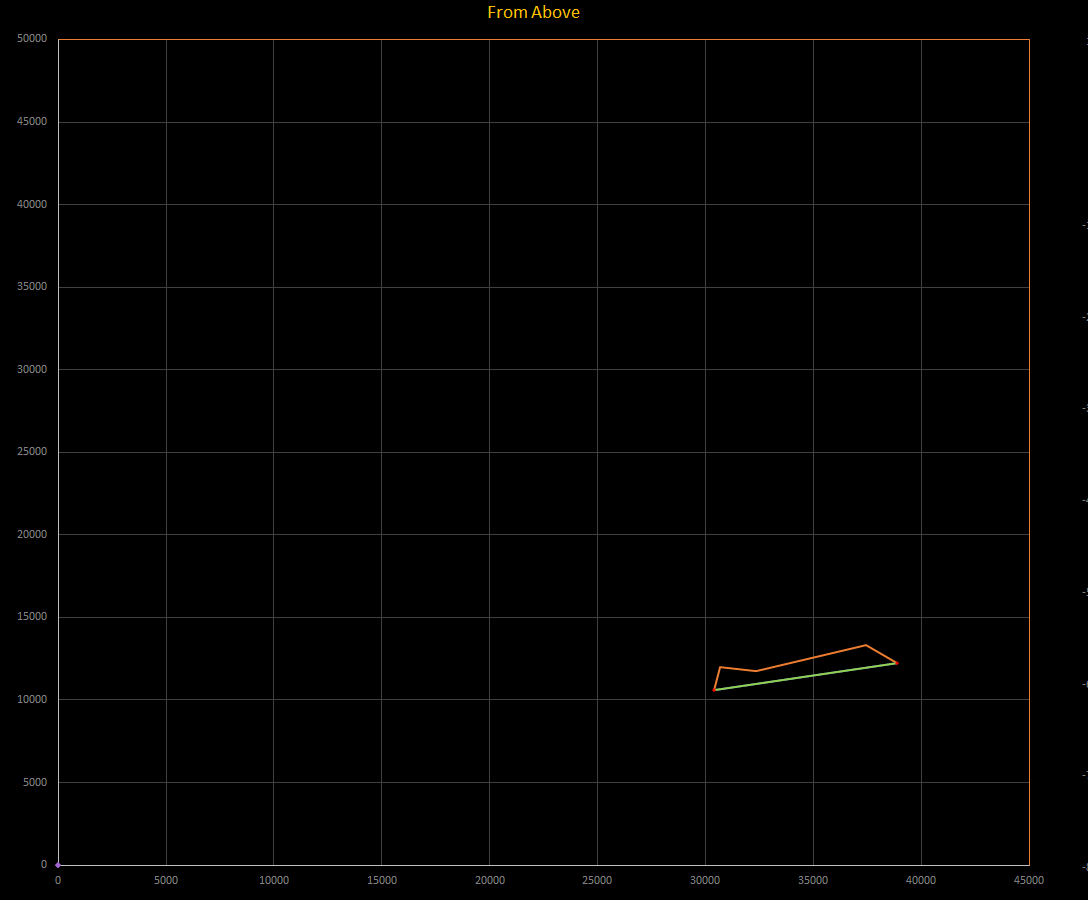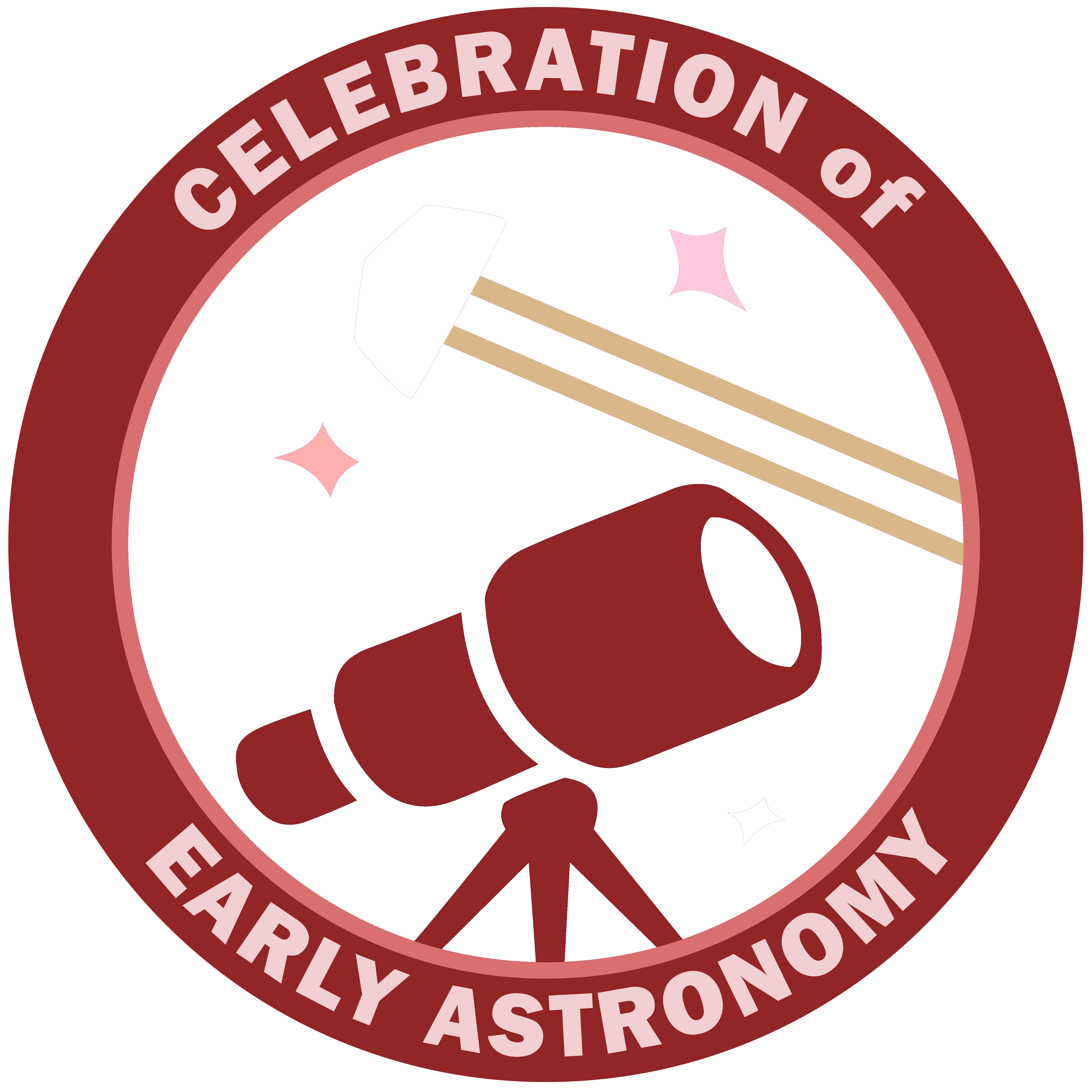We now begin the final leg of our 6th Celebration of Early Astronomy expedition, with the final destination being V429 Carinae, the furthest east real star in the in-game galaxy. Since it can only be reached via carrier, the carriers will be moving to the Bloae Hypeia GN-R d5-0 system. The C.E.A. – Cerletti is already there and available to jump in anybody who wishes to arrive and begin their trip back to the bubble early.
Kami’s Lookout will be working it’s way there and will be the carrier for the final mass jump, which will take the form of a party aboard the carrier in which the carrier will perform the jump at the prescribed time.
Dates
Start Date: March 3, 2024
End Date: March 18, 2024
Distances
Basecamp Line: 8,690 Ly
Main Waypoints: 8,690 Ly
Optional Waypoints: 10,393 Ly
Map, (click for full size):

Basecamp: V429 Carinae
Main Waypoints
- Map References quick reference list, more details below
- V429 Carinae
- (Carrier will jump from Bloae Hypeia GN-R d5-0 in order to reach this system)
- V429 Carinae
Main Waypoints Details
- Map Reference: V429 Carinae
- WR 22, also known as V429 Carinae is a Wolf-Rayet star in the Carina constellation region of the sky. It is a bright X-ray source due to colliding solar winds with its less massive class O companion star (not depicted in game). It is an eclipsing binary that is temporarily eclipsed by its O class companion roughly every 80 days.
- SIMBAD Link
- EDSM Link
Optional Waypoints
- Map References quick reference list, more details below
- Bleou Aed MS-U d2-0
- Prea Aick MO-Z d13-2
- Swauwry UY-S d3-5
- V429 Carinae
Optional Waypoints Details
- Map Reference: Bleou Aed MS-U d2-0
- POI: Argon Dream
- Listed as Argon Dream in the Galactic Mapping Project. Near the second star, a Class I gas giant with two rings can be found. It’s two inner moons roam the wide gap between them, their orbits enclosed by the second ring that has an outer radius of over 4,909,000 km. The third moon (B 6 c) is an ice world with an Argon atmosphere and two biological signals. It’s orbit is tilted by -47,64 degrees relative to the gas giant’s equator, offering a unique view of both rings and the shepherd moons from the surface.
- EDSM Link
- Map Reference: Prea Aick MO-Z d13-2
- POI: King Midas
- Listed as King Mdias in the Galactic Mapping Project. A truly remarkable Ammonia World some 6400 LS from its parent star. This high density planet is huge, with a gigantic ring system (itself weighing in at nearly a trillion metric tons) and the planet itself looks like it is made of solid gold (its density is actually similar to that of gold!).
- EDSM Link
- Map Reference: Swauwry UY-S d3-5
- POI: Theophrastus’s Conservatory
- Listed as Theophrastus’s Conservatory in the Galactic Mapping Project.
- Highlights of the system include two ringed water worlds, one ammonia world, one Earth-like world, and three Notable Stellar Phenomena. This arrangement of planets appears to have spurred some staggering diversity among an ancestral population of vacuum-dwelling life, which is the true draw of this system. Usually a star system will only support one type of dynamic NSP-based lifeform, occasionally two. However the conditions of this system have allowed for the growth and coexistence of three, with each NSP hosting a unique variety of Rhizome Pod (Candidum, Cobalteum, and Gypseeum). The rings of the water worlds each contain one, as well as a population in a Proto Lagrange Cloud around the secondary star.
- EDSM Link
